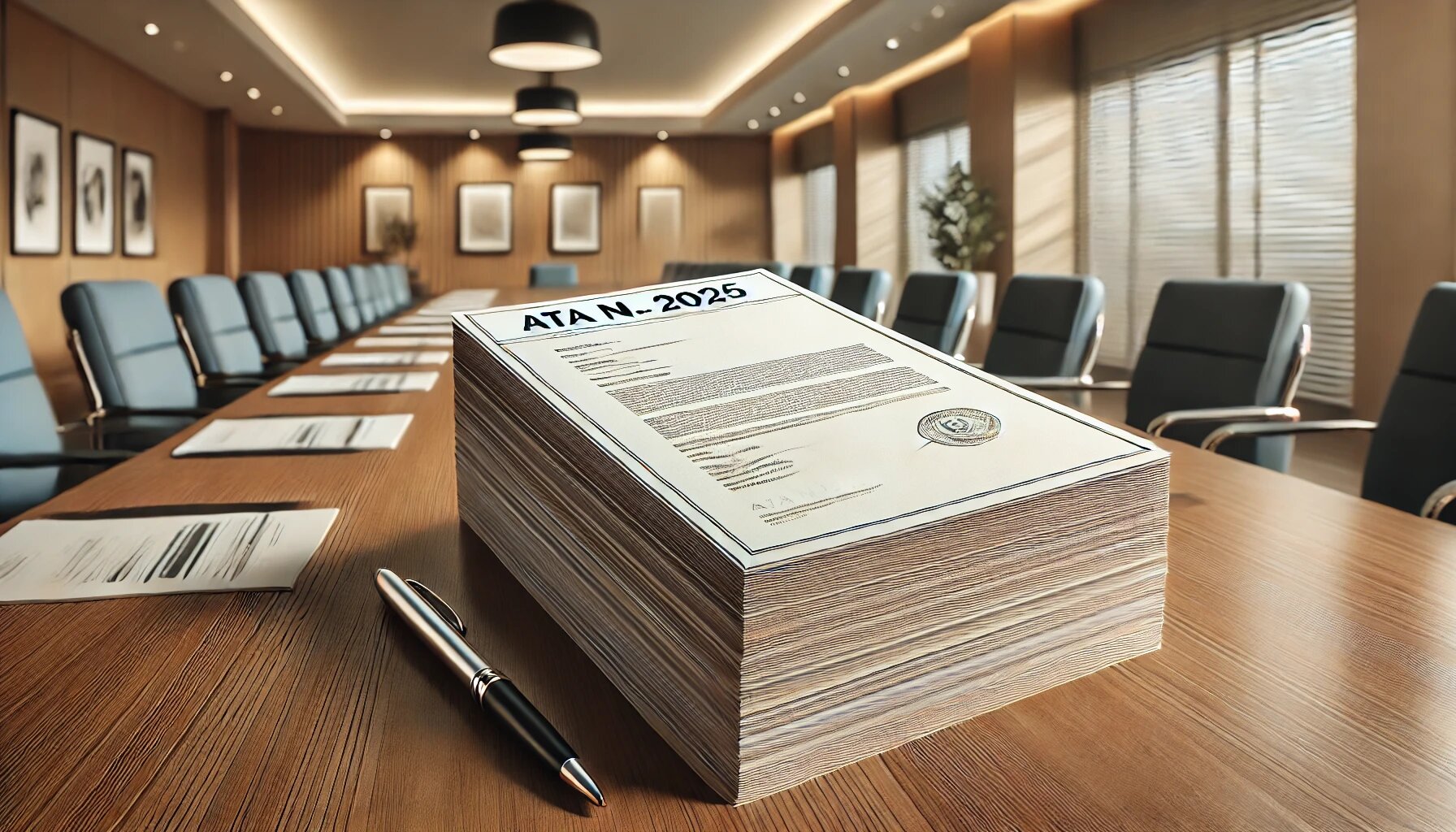The condominium regulation is an essential document to ensure harmonious living among residents and proper management of common areas. Additionally, it serves as a tool to enforce clear rules for all residents. In this article, we explain how to draft an effective regulation, based on the Portuguese Civil Code, and provide a practical example.
1. What Is a Condominium Regulation?
A condominium regulation is a set of rules governing the use of common areas, the rights and duties of residents, and the general operation of the condominium. It must be approved at an assembly and recorded in the minutes, becoming mandatory for all residents, tenants, and building users.
2. Essential Elements of the Regulation
When drafting a condominium regulation, include the following elements:
- Condominium Identification: Name, address, and description of the building.
- Rules for Common Areas: Including schedules for the use of spaces like pools, gardens, or meeting rooms.
- Rights and Duties of Residents: Such as paying fees, maintaining individual units, and adhering to internal rules.
- Safety Regulations: Rules for fire prevention, use of extinguishers, and maintenance of security systems.
- Financial Management: Procedures for approving expenses and financial reporting.
- Disciplinary Procedures: Penalties for rule violations, such as fines or warnings.
3. How to Draft the Regulation
Creating the regulation should follow these fundamental steps:
3.1. Analyze Condominium Needs
Before starting, it is essential to understand the condominium's specifics, such as the number of units, types of common spaces, and recurring issues among residents.
3.2. Base It on Legislation
The regulation must comply with the Portuguese Civil Code, particularly Articles 1420 to 1438, which address horizontal property.
3.3. Write the Document
Use clear and objective language, organizing the regulation into chapters or sections for easy reference. Include all relevant rules but avoid unnecessary or repetitive information.
3.4. Submit It to the Assembly
Present the regulation at a residents' assembly, ensuring everyone has the opportunity to discuss and propose changes. Once approved, the document must be recorded in the meeting minutes.
3.5. Distribute the Regulation
Ensure all residents receive a copy of the regulation, either in print or digital format, so they are aware of the rules.
4. Practical Example of a Regulation
Below is a simplified example of a condominium regulation:
Regulation of Residential Vista Alegre Condominium 1. Condominium Identification - Name: Residential Vista Alegre Condominium - Address: Rua das Flores, No. 123, Lisbon 2. Use of Common Areas - Pool: Usage hours are from 8 a.m. to 10 p.m. - Elevators: Prohibited to transport flammable or hazardous materials. 3. Rights and Duties of Residents - Pay condominium fees by the 5th of each month. - Keep individual units clean and in good condition. 4. Safety Regulations - Do not obstruct hallways with personal belongings. - Use fire extinguishers only in emergencies. 5. Penalties - Fine of €20 for violations of the regulation.
5. Benefits of a Well-Structured Regulation
A clear and well-drafted regulation offers several advantages:
- Reduces conflicts among residents.
- Facilitates condominium management by the administrator.
- Ensures the preservation of common areas.
- Guarantees compliance with legal obligations.
Conclusion
Drafting an effective condominium regulation is a crucial step to maintaining harmony and organization in the building. With the tips and example provided, you can create a document that meets the condominium's needs and promotes healthy living among all residents. If you have questions, consider consulting a lawyer specializing in horizontal property law.



